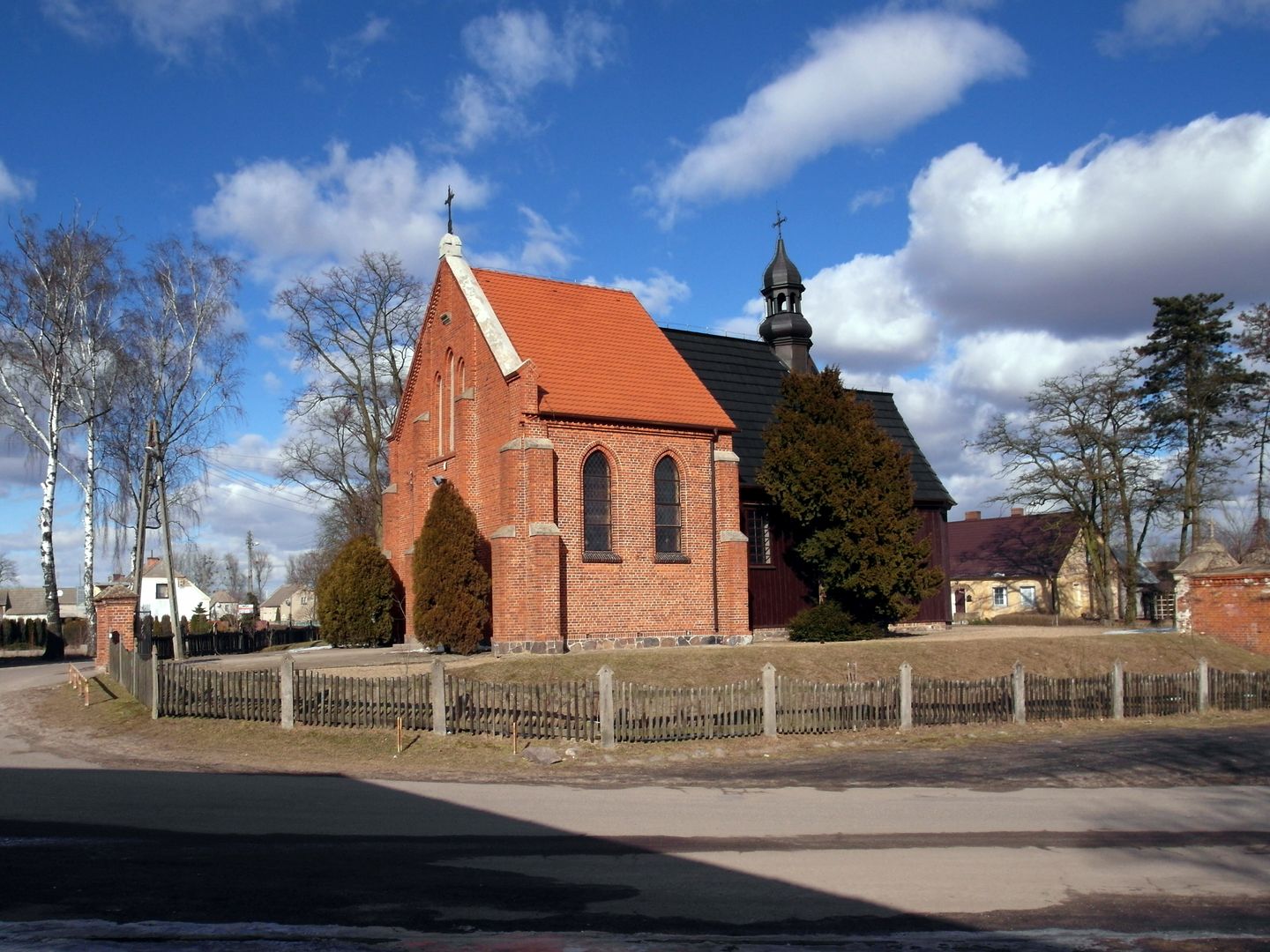Murzynowo Kościelne
6.57

Overview
Murzynowo Kościelne is a village in the Greater Poland Voivodeship, in the Środa Wielkopolska County, with a rich history dating back to 1231, when the settlement was founded under German law. Its location by Lake Mórka and surrounding streams influenced the village's development. As a royal village, Murzynowo experienced numerous upheavals, including invasions by the Teutonic Knights and Swedes, as well as fires. In the 19th century, the village became part of the Dąbrowski estate, which led to significant economic changes, especially after the enfranchisement of peasants. Between 1868 and 1939, the village was owned by the Ozdowski and Jachimowicz families, resulting in its expansion, the construction of a manor house and a church, as well as local institutions. The manor complex, including a 19th-century park, and the religious buildings, with a church dating back to 1742, form an important architectural feature of the village. The religious complex also includes a belfry, tombs, and a rectory, all surrounded by a wooden fence. The residential architecture of the village reflects influences from various eras—from traditional single-story houses to modern buildings that disrupt the harmony of the historical landscape. The village went through difficult times during World War II, with displacements and destruction. Despite this, Murzynowo Kościelne has preserved many local traditions, and the community fought for its Polish identity, which, among other things, led to the restoration of its parish status in 1923. The landscape of the village is dominated by greenery and cultivated fields, with beautiful views as an additional attraction. Today, Murzynowo remains a culturally valuable place, with a rich history and tradition, making it interesting for tourists and researchers alike.
Location
2025 Wizytor | All Rights Reserved